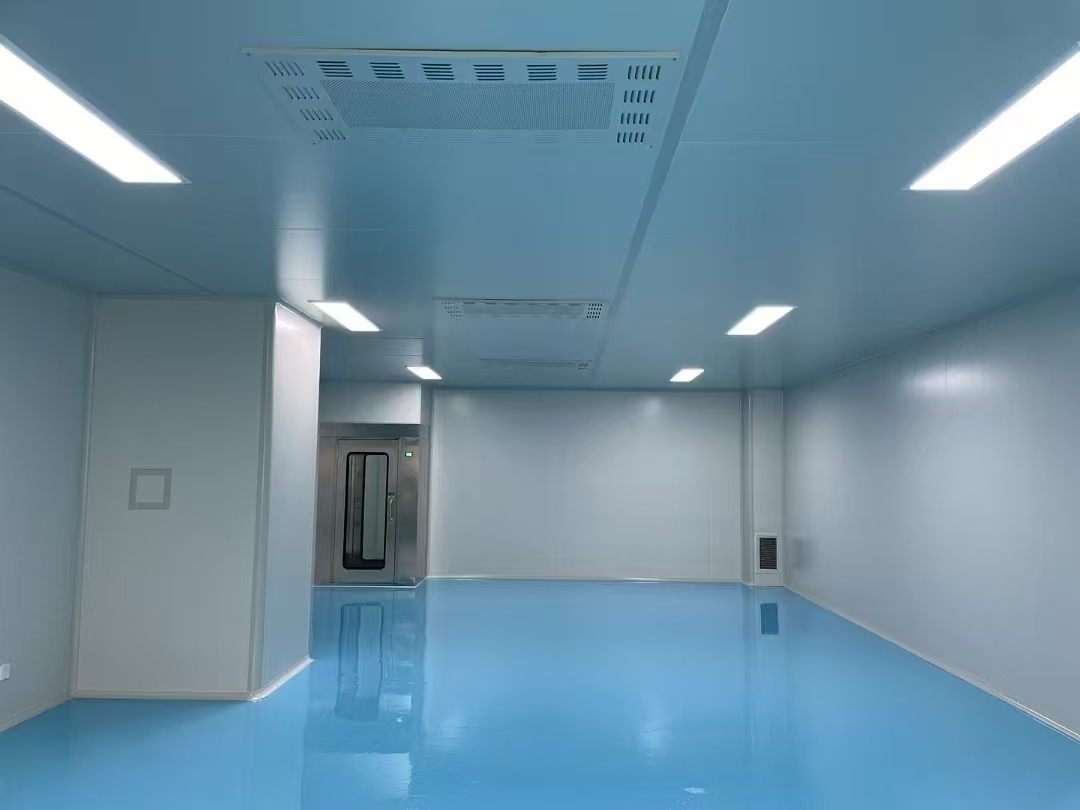
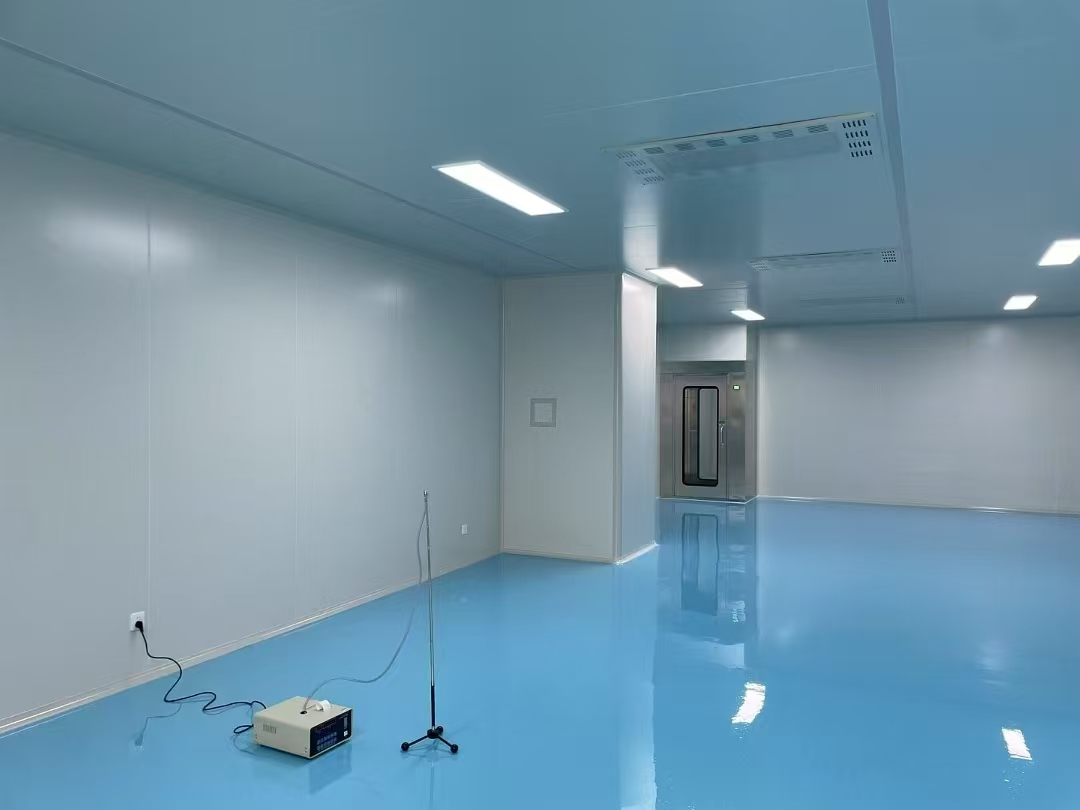
Cleanroom is a room with controlled concentration of suspended particles in the air. Its construction and use should reduce the introduction, generation and retention of particles indoors. Other relevant parameters such as temperature, humidity and pressure in the room should be controlled as required. The cleanroom is divided by the number of particles of a certain particle size per unit volume of air. It is divided according to the concentration of suspended particles in the air. Generally speaking, the smaller the value, the higher the purification level. That is, class 10> class 100> class 10000> class 100000.
The standard of class 100 cleanroom mainly includes operating room, aseptic manufacturing of pharmaceutical industry.
The maximum number of particles with cleanliness particle size greater than or equal to 0.1 micron cannot be greater than 100.
Pressure difference and temperature and humidity temperature 22℃±2; humidity 55%±5; basically, it needs to be fully covered with ffu and make elevated floors. Make MAU+FFU+DC system. Also maintain positive pressure, and the pressure gradient of adjacent rooms is guaranteed to be around 10pa.
Illumination Since most of the work contents in dust-free clean rooms have fine requirements and they are all closed houses, there have always been high requirements for lighting. Local lighting: This refers to the lighting set up to increase the illumination of a designated location. However, local lighting is generally not used alone in indoor lighting. Mixed lighting: It refers to the illumination on the work surface that is synthesized by one lighting and local lighting, among which the illumination of general lighting should account for 10%-15% of the total illumination.
The standard for class 1000 cleanroom is to control the number of dust particles with a particle size of less than 0.5 microns per cubic meter to less than 3,500, which reaches the international dust-free standard A level. The dust-free standard currently used in chip-level production and processing has higher dust requirements than class A. Such high standards are mainly used in the production of some higher-level chips. The number of dust particles is strictly controlled within 1,000 per cubic meter, which is commonly known as class 1000 in cleanroom industry.
For most clean dust-free workshops, in order to prevent external pollution from invading, it is necessary to keep the internal pressure (static pressure) higher than the external pressure (static pressure). The maintenance of pressure difference should generally comply with the following principles: the pressure of clean space should be higher than that of non-clean space; the pressure of space with high cleanliness level should be higher than that of adjacent space with low cleanliness level; the doors between connected clean rooms should be opened to rooms with high cleanliness level. The maintenance of pressure difference depends on the amount of fresh air, which should be able to compensate for the amount of air leaking from the gaps under this pressure difference. Therefore, the physical meaning of pressure difference is the resistance of leaking (or infiltrating) air volume when it passes through various gaps in the clean room.
Class 10000 cleanroom means the number of dust particles greater than or equal to 0.5um is greater than 35,000 particles/m3 (35 particles/) to less than or equal to 35,000 particles/m3 (350 particles/) and the number of dust particles greater than or equal to 5um is greater than 300 particles/m3 (0.3 particles) to less than or equal to 3,000 particles/m3 (3 particles). Pressure difference and temperature and humidity control.
Temperature and humidity dry coil system control. The air conditioning box adjusts the water intake of the air conditioning box coil by controlling the opening of the three-way valve through the sensed signal.
Class 100000 cleanroom means that the particles per cubic meter in the work workshop are controlled within 100,000. The production workshop of the clean room is mainly used in the electronics industry and the pharmaceutical industry. It is quite good for the food industry to have a class 100,000 production workshop. The class 100,000 cleanroom requires 15-19 air changes per hour, After full ventilation, the air purification time shall not exceed 40 minutes.
The pressure difference of clean rooms with the same cleanliness level shall be kept consistent. The pressure difference between adjacent clean rooms with different cleanliness levels shall be 5Pa, and the pressure difference between clean rooms and non-clean rooms shall be >10pa.
Temperature and humidity When there are no special requirements for temperature and humidity in class 100,000 clean room, it is advisable to wear clean work clothes without feeling uncomfortable. The temperature is generally controlled at 20~22℃ in winter and 24~26℃ in summer, with a fluctuation of ±2C. The humidity of clean rooms in winter is controlled at 30-50% and the humidity of clean rooms in summer is controlled at 50-70%. The illumination value of the main production rooms in clean rooms (areas) should generally be >300Lx: the illumination value of auxiliary studios, personnel purification and material purification rooms, air chambers, corridors, etc. should be 200~300L.
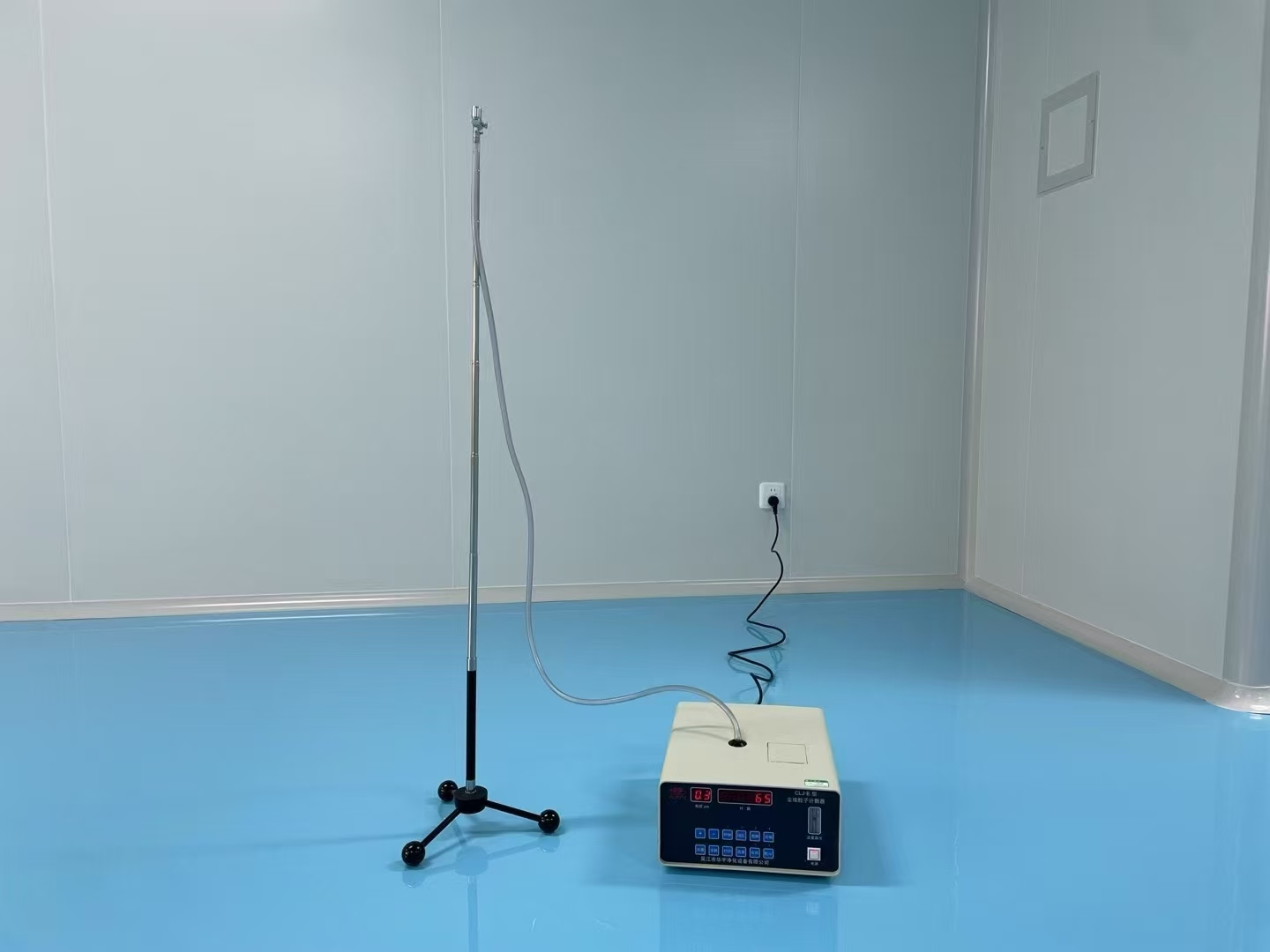
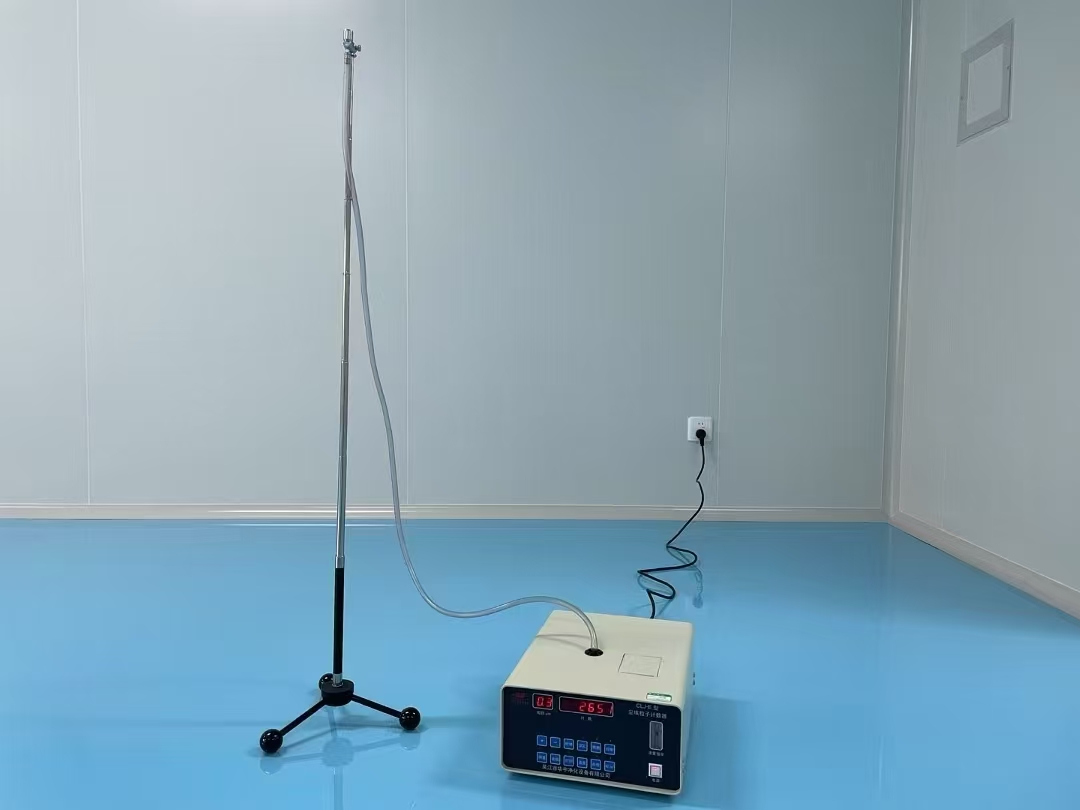
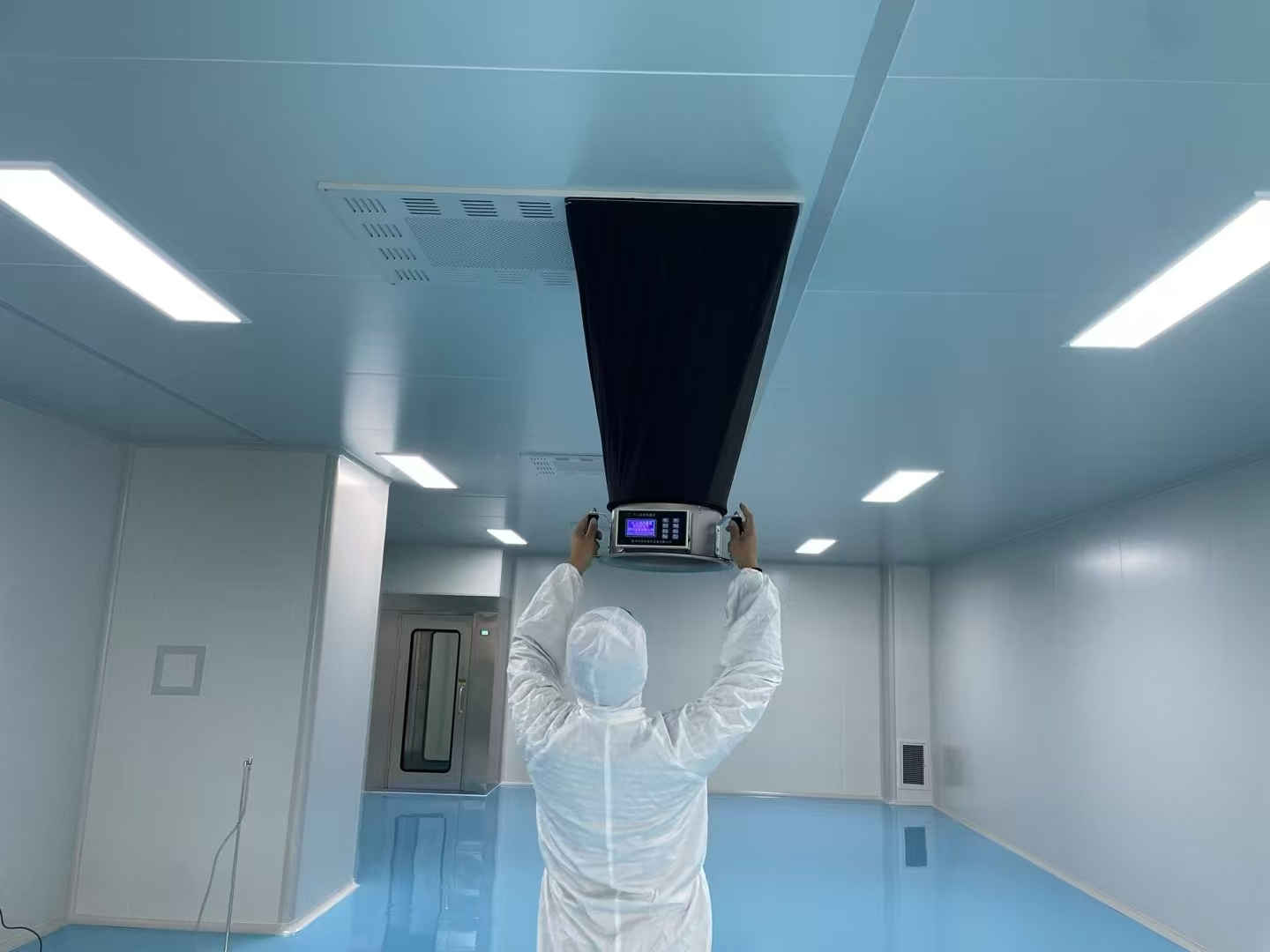
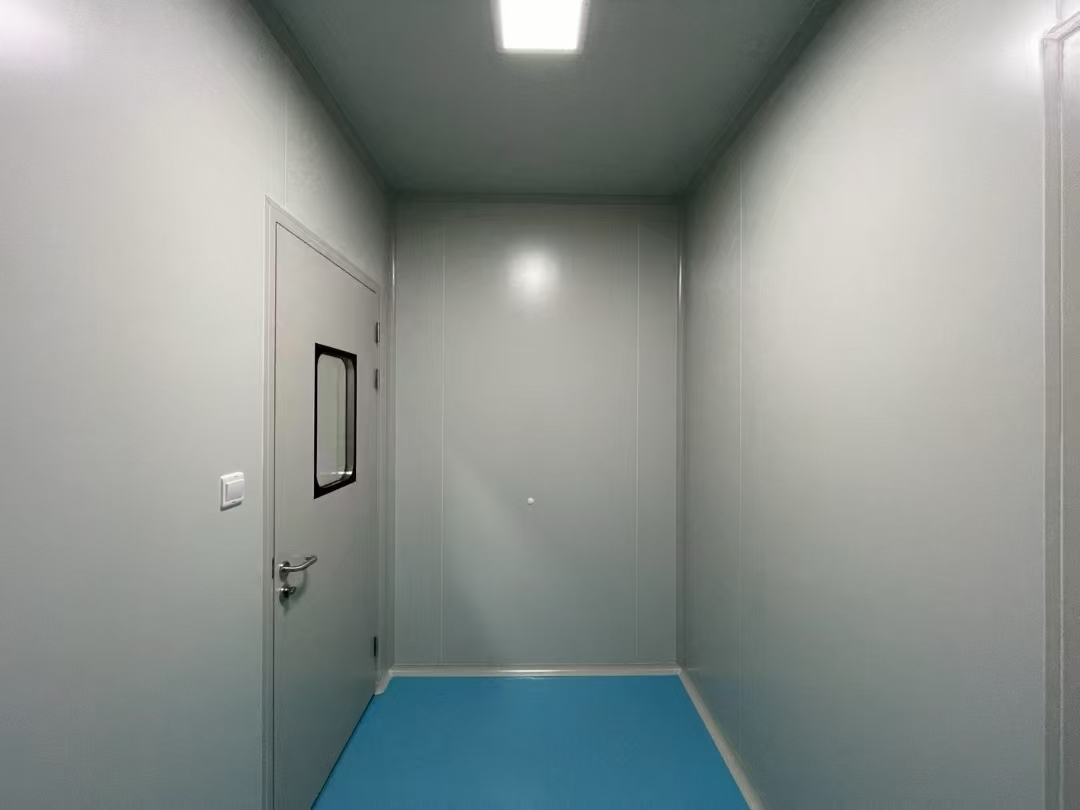
Post time: Apr-14-2025

